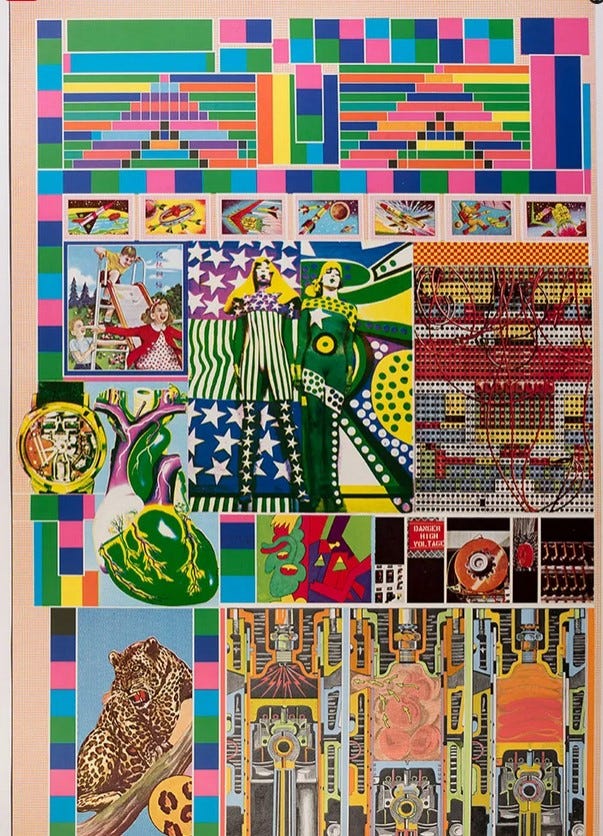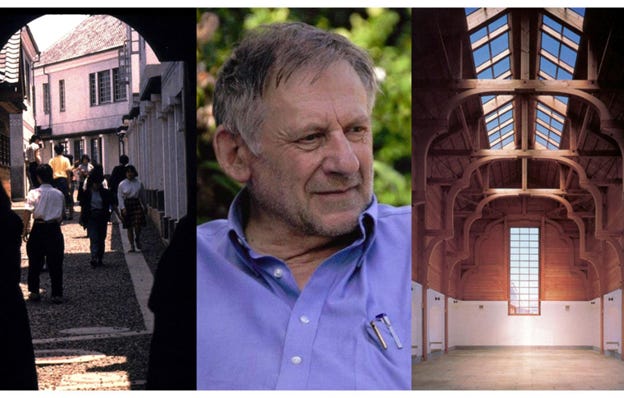
“What’s the secret [in Super Mario World] to landing high on the flagpole?”
Answer: “Hold down the run button as long as you can , then crouch down and jump just before you’re about to fall.”
This exchange occurs in the late-1990s between children Sadie and Sam, who will go on to become best friends, in Garielle Zevin’s 2022 novel, Tomorrow and Tomorrow and Tomorrow. It takes place in a paediatric ward; Sam is recovering from surgery and games provide Sam with much-needed escape from the chronic pain.
While I didn't have physical pain to avoid, as a bored kid in suburban Buckinghamshire, southeast England, I was only too eager to jettison reality in favour of game-worlds, much like Sam. Immersing myself in those simple, bright worlds was a relief from the normal confusion of growing up, a safe space to hide my thoughts.
My preference was for the simple pleasures of platformers – Mario, Sonic, Crash Bandicoot - and games with killer soundtracks - the futuristic breakbeats of WipEout, the feelgood rap of SSX and of course, the groundbreaking radio station format of Grand Theft Auto. GTA: Vice City opened my ears to the sounds of the 1980s, from Old School Hip Hop’s wild styles, to soulful Boogie and Latin rumba.
My gaming life began in the shadow of my older brother. He was more serious, more obsessive. For most of our childhood we had one TV set, so he got the upper hand (read: hold of the console controller). Watching can also be fun, a spectator activity – as proven by “e-sports” now filling entire stadiums, and millions of homes on streaming platform Twitch.
As well as playing games, I loved the discussion around their creation, poring over the magazines on my coach into secondary school in my early teens, reading interviews with game designers explaining how they went from an initial concept to execution. The surprising wackiness of indie studious raised a smile - improbable titles like Mr Mosquito, where you play a mosquito trying to land on humans, or Katamari Damacy, where you roll an enormous ball that picks up everything in its path. Legends of gaming such as Hideo Kojima (creator of the Metal Gear series) became household names in our home.
Zevin's book rekindled these fond-yet-hastily-archived memories, nostalgia and playfulness washing over me, leaving a warm glow. My dismissive attitudes of games as, to misquote the Bible, childish things to put away once I became a man (Corinthians), gave way to curiosity and affection.
Pattern languages
This jogged my memory about an academic article I'd found down a rabbit hole some time ago: Using Pattern Language in Learning and Game Design, by Christopher Barney, lecturer at Northeastern University. Barney borrows a neat teaching tool from another field, known as ‘pattern language’, as conceived by architect Christopher Alexander (1936-2022).
Keep reading with a 7-day free trial
Subscribe to Brain Stoker to keep reading this post and get 7 days of free access to the full post archives.




